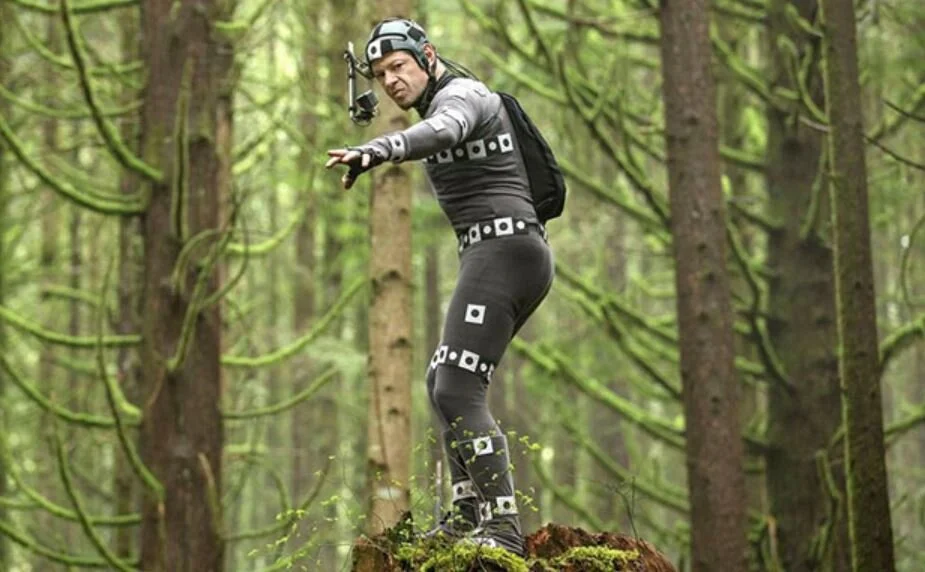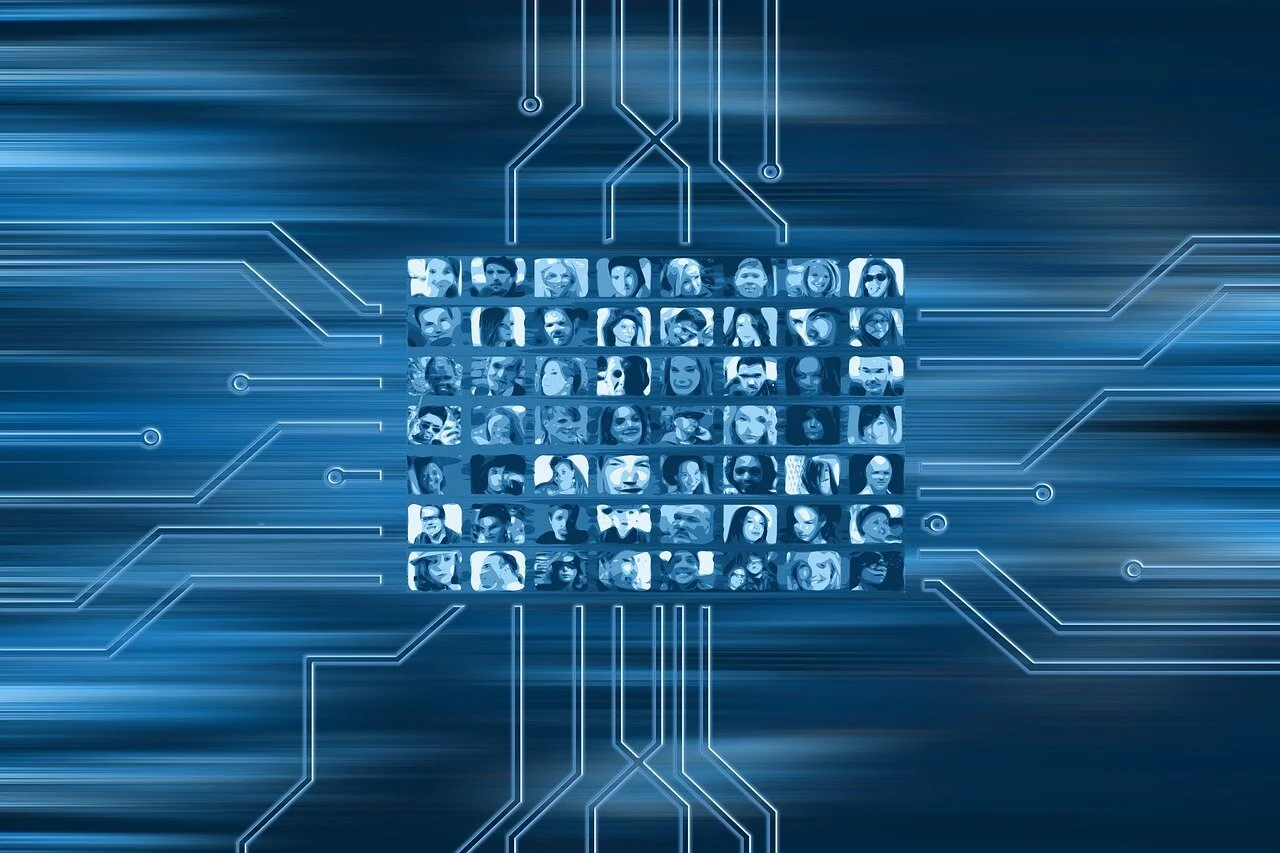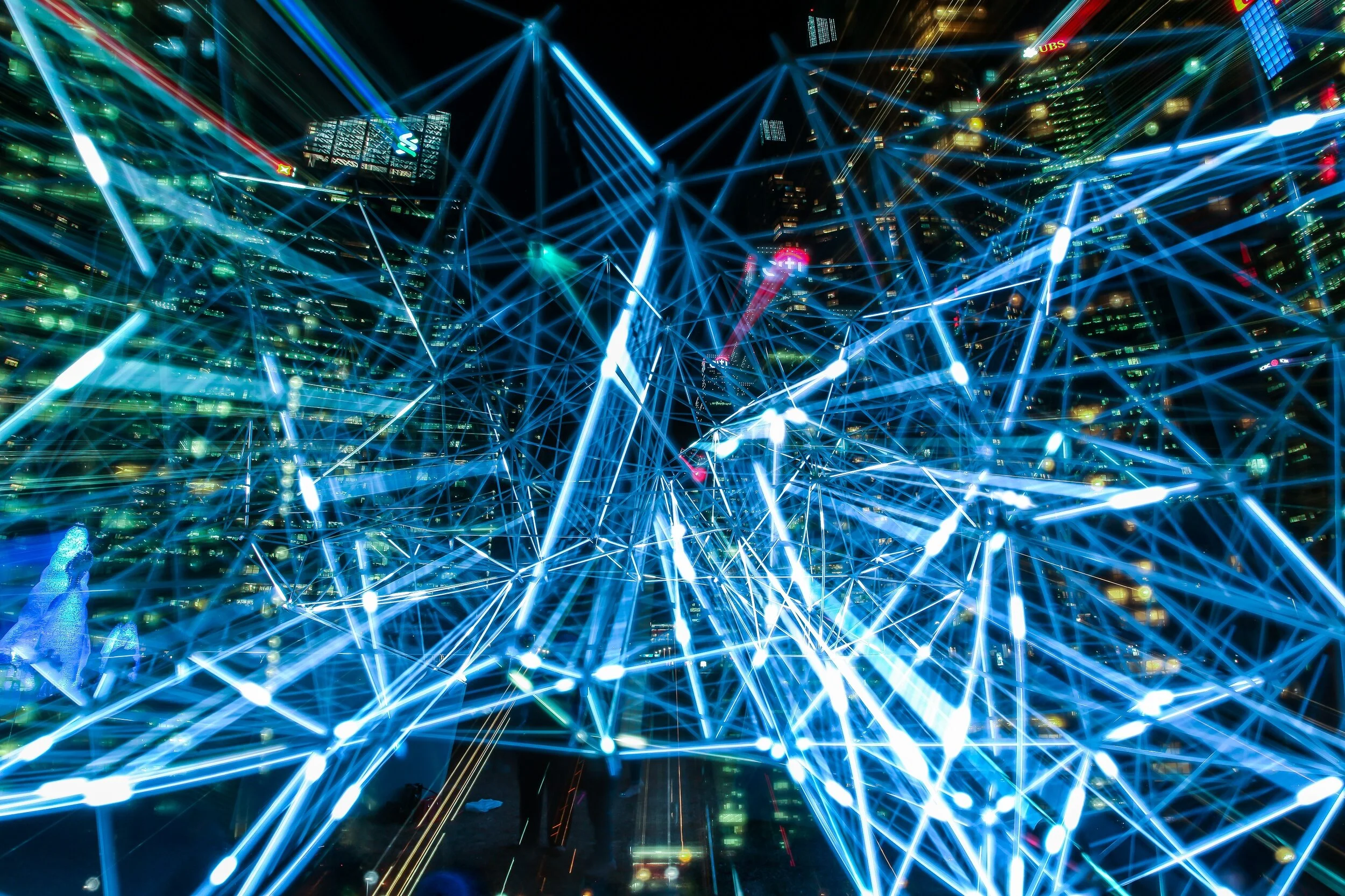This is a two-part series exploring how the benefits of incorporating livestreaming technology into theatres. Part 1 of the report documents a history of livestreaming theatre (involving a timeline and the lifespan of the industry’s biggest players) and a brief analysis of what it means to perform “Live!” and its programming potential.
Hologram Technology and its Application in Arts and Entertainment: Part 2
CGI and motion-capture technology have disrupted filmmaking in the past two decades, and there are no signs that this trend is in decline. In part one, the history of and technology behind CGI and motion-capture is explained in detail. That framework and information will be applied to this second part of the series, which examines how similar technology is leveraged in the “holograms” that have become more prevalent in live performances and museum spaces in the past few years.
CGI, Motion Capture, and the Commercialization of Celebrity Images: Part 1
Over the past twenty years, computer-generated imagery has become nearly ubiquitous in film and television productions. This ubiquity is due to enhanced computing power and higher resolutions coupled with increasingly lower costs. To understand how these technological advancements and their artistic applications in recent years are disrupting the industry, there are three key technologies that must be understood and disambiguated: computer-generated imagery (CGI), motion capture, and holograms. Of these three, CGI is the most foundational technology for the current state of production.
Deepfake Technology in the Entertainment industry: Potential Limitations and Protections
Deepfake is a merge between 2 terms which are Deep Learning and Fake. It is a technology that includes teaching software to memorize faces, expressions, movements and even voices of a person so that the machine can later project that information onto another person. Despite its common inappropriate use, Deepfake technology can surely benefit the entertainment industry, specifically film production. This comes with further consequences to be considered by various parties.
Practical Uses of AR in Arts and Culture
Since its first iteration, Augmented Reality (AR) has been disrupting education, health, entertainment, and many other fields. By enhancing the senses and abilities it has delighted but also aided in solving difficult problems. In arts and culture, AR has transformed static museum displays and provided special effects for stage productions. But the use of AR hasn’t gone much beyond support in storytelling, and the adoption of such a versatile technology as a tool in the production processes has been tentatively explored.
Google Suite’s Top Features for Maximizing Analytics
Google Analytics is an indispensable tool for any business to better serve its customers, achieve business goals, and build successful marketing campaigns. Used by itself, analytics is a powerful tool that can help an organization optimize its website and customer pathways. However, integrating additional tools within the Google Suite of tools offers more nuanced and informative means of maximizing data integration and your understanding of your institution’s website connections and conversion. This research report gives a how to for 7 critical Google Suite tools to maximize Google Analytics impact.
Observing Relationships Between Producers and Fandom through Digital Mapping: Part 3
With the emergence of digital fan engagement, fan codes and traits that were once hidden to content makers are now able to be studied on an individual and collective scale through scraping and network mapping. This paper explores how to access information in order to understand fan behavior and the best ways to cultivate fan/producer relationships. While this study focuses on film and television, this information can be used to map digital conversations and communities surrounding all artistic mediums.
Mapping Movement: Network Mapping in the Dance Industry: Part 2
How well do you know the history of your industry? Could you list every branch, every individual, that helped to develop your industry into the complex and beautiful thing it is today? If you asked someone who works in the arts to craft such an image or list, they’d probably be able to give you a significant list of names. Yet, the truth is, a single individual’s list can’t provide the entire picture, just their perception of what the tree looks like.
Increasing Data Collection Capabilities with Web Scraping and Data Scraping: Part 1
With the digitization of our world, data has proven to be incredibly useful for arts and entertainment organizations in terms of decision-making and strategy formation. However, organizations can often be at a loss with how to collect data, how to format data visually, or how to use the data to achieve their goals. What follows is a discussion/outline of two methods for gathering external data for internal use in arts and entertainment institutions: web scraping and data scraping.
What Makes Facial Recognition Controversial?
Facial recognition technology is in a predicament, and has actually been there for quite a while. What did it experience to become the center of the controversy and how does such controversy influence the art industry? Controversial discussion never stops a new technology, and instead, it creates a buffer to help the aggressive technology to slow a bit. With this opportunity, arts managers and other stakeholders may be able to check if they are on the right track dealing with the technology and consider whether they need to reshape it to meet future challenges.















